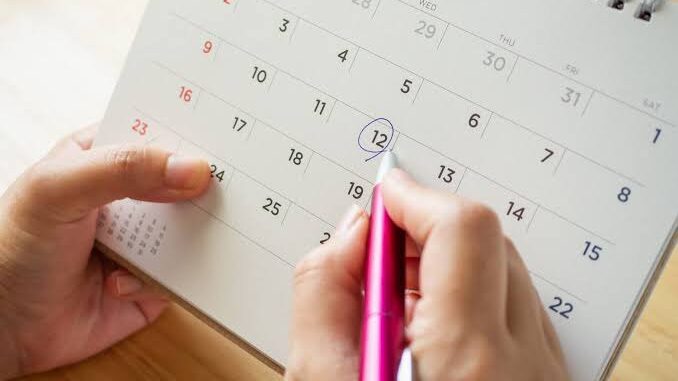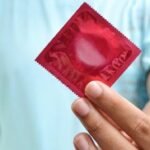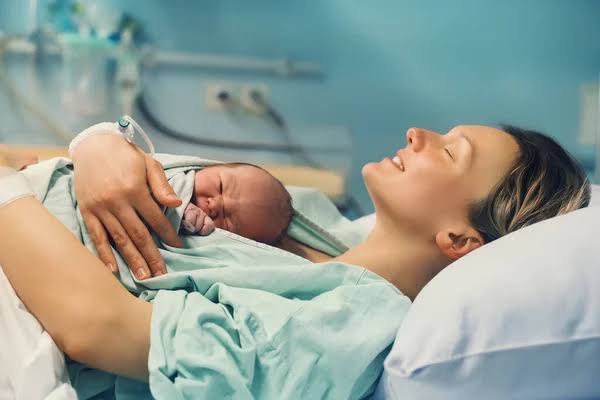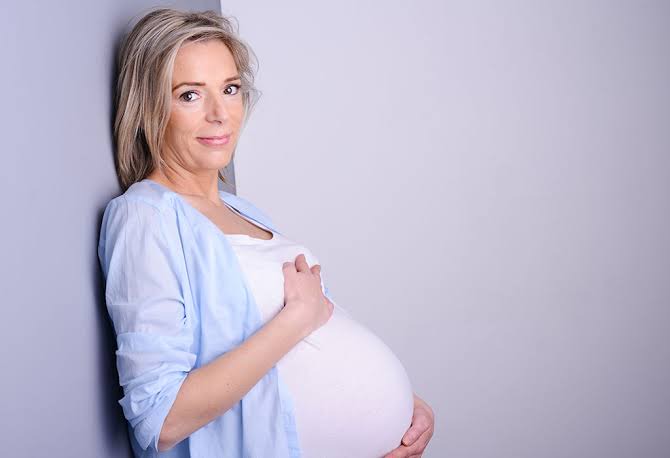
Understanding the menstrual cycle and its relation to fertility is crucial for those trying to conceive or prevent pregnancy. According to medicalnewstoday. While it is commonly known that ovulation marks the most fertile period of a woman’s cycle, the exact timing can vary. Therefore, determining how many days after a woman’s period she can get pregnant requires a closer look at the menstrual cycle and its various phases.
The Menstrual Cycle
The menstrual cycle is the monthly hormonal process that prepares a woman’s body for pregnancy. It typically lasts around 28 days, although variations ranging from 21 to 35 days are considered normal. The cycle is divided into three main phases: the follicular phase, ovulation, and the luteal phase.
1. Follicular Phase: The menstrual cycle begins on the first day of a woman’s period. During the follicular phase, follicle-stimulating hormone (FSH) is released, stimulating the ovaries to prepare an egg for ovulation. This phase usually lasts 10 to 14 days but can vary from woman to woman.
2. Ovulation: Ovulation is the release of a mature egg from the ovary. It occurs when luteinizing hormone (LH) levels surge, triggering the release of the egg. This phase usually occurs around the middle of the menstrual cycle, but again, the timing can vary. Ovulation generally happens 12 to 16 days before the start of the next period.
3. Luteal Phase: After ovulation, the body enters the luteal phase. During this time, the ruptured follicle transforms into the corpus luteum, which produces progesterone to support a potential pregnancy. The luteal phase typically lasts for about 12 to 14 days, regardless of the length of the menstrual cycle.
Determining Fertility
To determine how many days after a woman’s period she can get pregnant, one needs to consider the lifespan of both sperm and the egg. Sperm can survive inside a woman’s reproductive system for up to five days, while an egg remains viable for about 24 hours after being released during ovulation.
Based on this information, the fertile window—the period when pregnancy is most likely to occur—extends a few days before ovulation and up to 24 hours after. Since sperm can survive inside the female body for up to five days, having intercourse in the days leading up to ovulation can still result in pregnancy. However, the chances of conception decrease as each day passes.
Factors Influencing Fertility
It’s important to note that the timing of ovulation can vary not only from woman to woman but also within an individual’s menstrual cycles. Factors such as stress, illness, hormonal imbalances, and certain medications can affect the timing of ovulation. Additionally, sperm survival rates can also vary due to factors like sperm quality and the conditions of the cervical mucus.
Tracking Methods
To increase the chances of conception or prevent pregnancy, many individuals use fertility awareness methods (FAM) to track their menstrual cycles. These methods involve observing and recording various fertility signs, such as basal body temperature, cervical mucus consistency, and changes in the cervix. Fertility tracking apps and ovulation prediction kits can also be helpful tools.
While pinpointing the exact number of days after a woman’s period she can get pregnant is challenging due to individual variations, understanding the menstrual cycle and tracking fertility signs can greatly enhance the accuracy of predictions. The fertile window typically occurs a few days before ovulation and up to 24 hours after. However, since sperm can survive for up to five days, the chances of pregnancy are higher when intercourse occurs in the days leading up to ovulation. If you are trying to conceive or prevent pregnancy, it is recommended to consult with a healthcare professional or fertility specialist who can provide personalized guidance and advice based on your specific circumstances.
Thanks for reading.








Leave a Reply